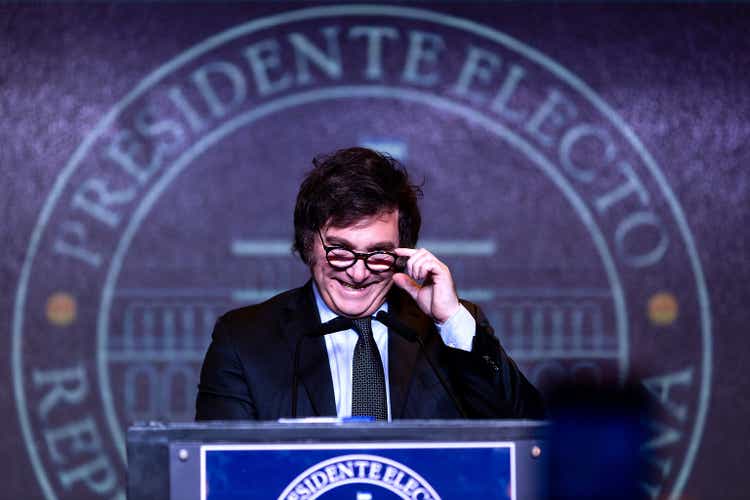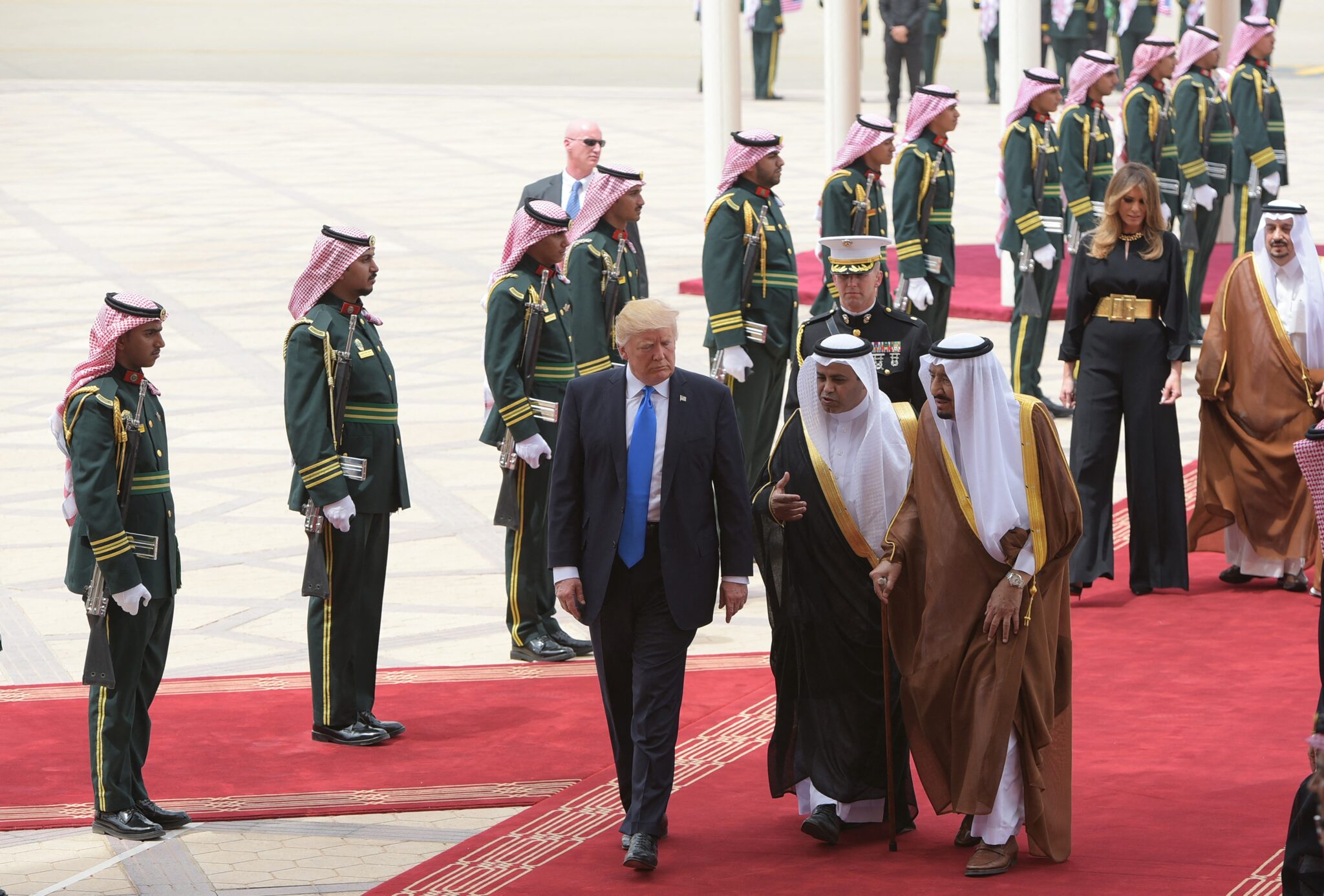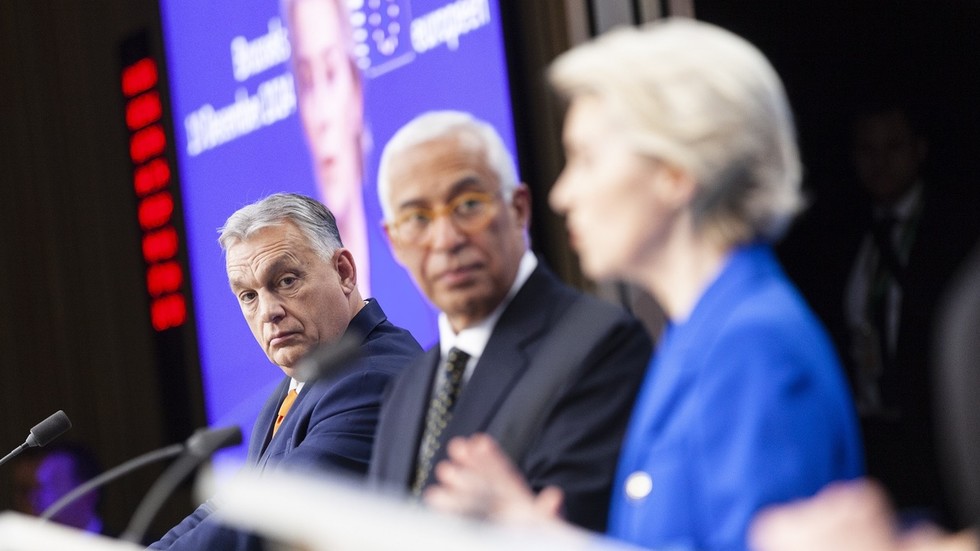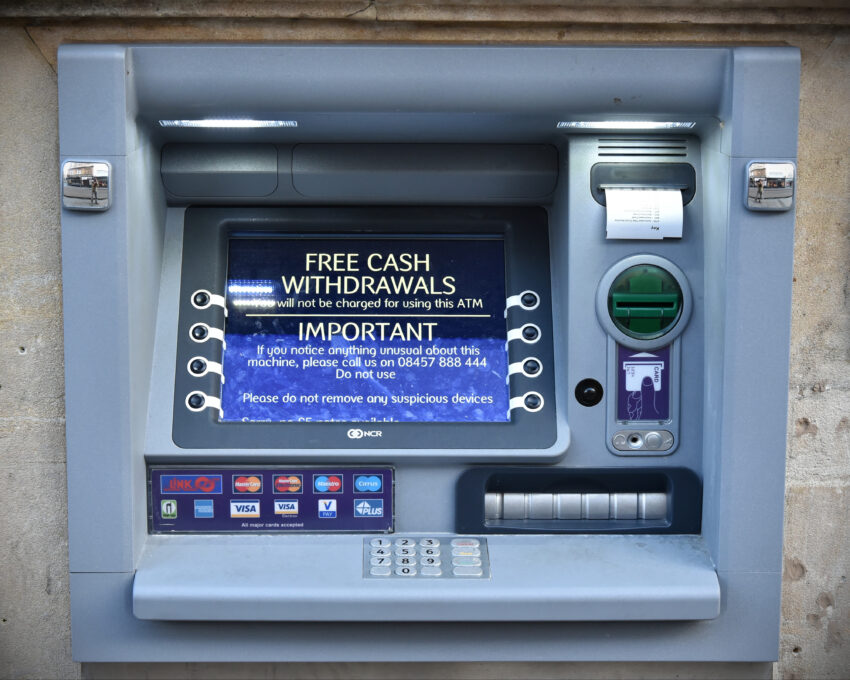Tomas Cuesta
The Global X MSCI Argentina ETF (NYSEARCA:ARGT) is up some 11% since libertarian Javier Milei was elected president in November on hopes he would set the inflation-ridden country on the right path. The MERVAL index has nearly doubled.
However, the good news for investors in Argentina hasn’t translated for Netflix (NASDAQ:NFLX), which called out the nation out in its earnings report this week. The streamer said the large decrease in the Argentine peso relative to the U.S. dollar is a headwind that will curb revenue growth by three percentage points to 13% for the first quarter. That’s better than the fourth quarter’s 12.5% (which saw a one percentage point impact from foreign exchange), but less impressive versus the foreign exchange neutral 16% it could have been.
Investors are optimistic about Milei’s hardcore attempts to quit printing money, a practice which under his predecessor, Alberto Fernandez, helped lead to a more than 200% inflation rate in 2023, according to J.P. Morgan. But such changes take time, and the inflation rate in 2024 is expected to hit 150% after Milei devalued the official currency, FocusEconomics said, citing Itau Unibanco analysts. In addition, the country’s sovereign debt exceeds $400B, of which $110B is owed to the International Monetary Fund and to holders of restructured, privately-held eurobonds, Reuters reported last month.
What’s this all mean for Netflix? The tough times in Argentina are likely to continue to hit results in 2024. Next year, however, could start to see Milei’s shock tactics payoff with inflation easing and demand getting healthier, The Economist’s Intelligence Unit said.
This year, Netflix began hedging foreign currency revenue with international sales accounting for 60% of annual revenue, and expected to increase.
“While we’ve launched a F/X risk management program with a goal of reducing near term volatility, we aren’t fully hedged, which is why we are still guiding and managing to a F/X neutral operating margin target,” the company said in a Jan. 23 shareholder letter. “Our goal is to steadily increase our operating margin each year, though the rate of margin expansion may vary year to year.”
Numbers behind the numbers
Argentina is not an insignificant market for Netflix. It has an estimated 5M subscribers, making it the streaming giant’s 12th-largest market, according to FlixPatrol. Neighboring Brazil, which has a gross domestic product of nearly $2T (compared to Argentina’s $631B) and had a 4.62% inflation rate in December, is the streamer’s second-largest market after the U.S. with 15.3M subscribers.
As a percentage of their populations, 11% of Argentina’s population uses Netflix compared to 7% of Brazil’s.
The cost for a subscription in Argentina ranges from about $2 to $3 (depending on the exchange rate used) to about $5 to $7 a month as of Jan. 25, compared to the average revenue per membership of $8.60 in Latin America. The current minimum wage in Argentina is about $126 to $188 a month and the poverty level hit 40% in the first-half of 2023, the government’s INDEC statistics agency said.
Argentines have cut consumption amid price increases across all sectors, and that is unlikely to change in 2024. Next year, however, there is hope Milei’s scorched earth measures will pay dividends.
“We expect a robust economic recovery in 2025, partly because a more supportive business environment will encourage investment,” The Economist’s Intelligence Unit said. That said, Milei’s measures have been unpopular, leading to social unrest as seen in the country-wide strikes held on January 24.
More on Netflix and Global X MSCI Argentina ETF
#Netflixs #Achilles #heel #boon #NFLX













